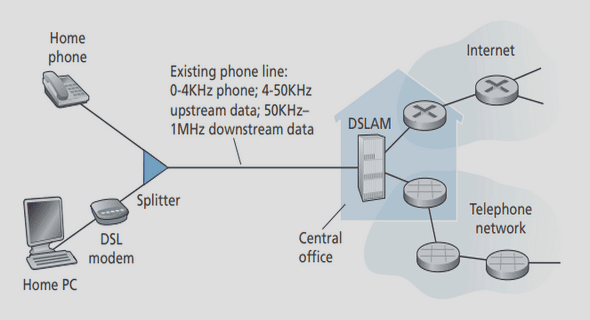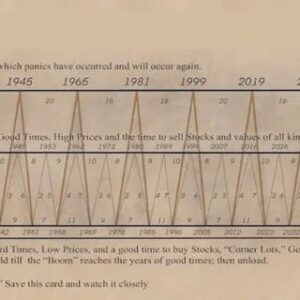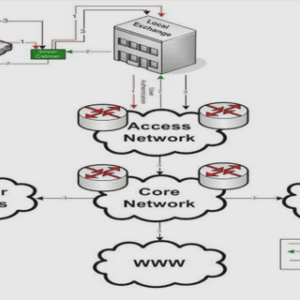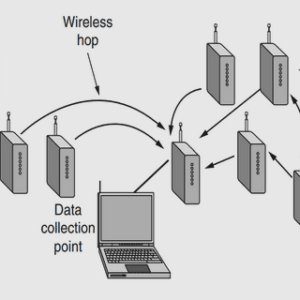(Downloads - 0)
For more info about our services contact : help@bestpfe.com
Table of contents
General introduction
CHAPTER 1: General aspects and state of the art
1.1. Introduction
1.2. Basic fundamentals of lithium metal battery system
1.3. Electrode materials
1.3.1. Positive electrodes
1.3.2. Negative electrodes
1.4. Electrolytes
1.5. Ionic liquids based electrolytes
1.6. The solid electrolyte interphase
1.6.1. Historical background
1.6.2. Characterization of the SEI
1.7. SEI in IL-based electrolytes accumulators
1.8. Challenges of the SEI face to lithium dendrite growth
1.9. Characterization of the dendrite nucleation and growth
1.9.1. Morphology of the dendrites and the Chazalviel’s model
1.9.2. Dendrite observations with IL based electrolytes
1.10. Strategies to mitigate dendrite growth
1.10.1. Stabilizing the SEI with additives
1.10.2. Building an artificial SEI layer
1.10.3. Enhancing of the shear modulus of the electrolyte
1.10.4. Effect of surface roughness
1.11. The operando protocols of characterization
1.12. Conclusions and objectives of the thesis
CHAPTER 2: Methodologies and reference studies
2.1. Introduction
2.2. Methodology
2.3. Experimental part
2.3.1. Imidazolium ionic liquids based electrolyte synthesis
2.3.2. Electrolyte preparation
2.3.3. Assembly of the electrochemical systems
2.3.4. Ionic conductivity measurements
2.4. Characterization protocols
2.4.1. Electrochemical impedance spectroscopy
2.4.2. Cyclic voltammetry
2.4.3. X-ray photoelectron spectroscopy
2.4.4. Scanning electron microscopy and Auger spectroscopy
2.5. Reference study of the ILs electrolytes
2.5.1. Ionic conductivity of the ILs
2.5.2. Characterization by XPS of the neat ILs, the associated electrolytes and organic doped ILs
2.5.3. Characterization of the pristine lithium electrode by XPS
2.6. Conclusions
CHAPTER 3: Stability of ionic liquids based electrolytes in contact with lithium metal in open-circuit condition
3.1. Introduction
3.2. Study of the stability of IL based electrolytes at OCV
3.2.1. Evolution of the electrolyte and interphase resistances
3.2.2. Chemical environment evolution of the bulk electrolyte and the interface upon aging at OCV conditions
3.2.3. Intermediate conclusions about the degradation mechanisms
3.3. Effect of cation methylation and ILs based electrolyte solvent doping
3.3.1. The effect of the methylation
3.3.2. The effect of the additives
3.4. Conclusions
CHAPTER 4: Behavior of the ionic liquid based electrolytes in contact with lithium metal under polarization
4.1. Introduction
4.2. Electrochemical window of the IL-based electrolytes
4.2.1. Literature review
4.2.2. IL-based electrolytes behavior under oxidation
4.2.3. Effect of the additives and the cations
4.2.4. Behavior of the IL-based electrolytes under reduction
4.2.5. Performances of the IL-based electrolytes below 0 V vs. Li+/Li
4.5. Study by XPS of the reduction of the system lithium/copper
4.6. The Li/Li system under the application of an electrical current
4.6.1. Experimental part
4.6.2. The Chazalviel’s model
4.6.3. Experimental verification of the inverse-square law τ ∝ 1/J2
4.6.4. Transport properties of the electrolytes
4.7. Post-mortem XPS analysis of the cells after chronopotentiometry
4.8. SEM/AES analyses of the electrodes after chronopotentiometry
4.8.1. The regime of divergence of the potential
4.8.2. The regime of short-circuits
4.9. Conclusions
CHAPTER 5: Operando XPS a novel approach for the study of lithium/electrolyte interphase
5.1. Introduction
5.2. Operando characterization for battery technology
5.2.1. Optical techniques
5.2.2. Electron beam based techniques
5.2.3. X-ray techniques
5.2.4. Scanning Probe Microscopy
5.2.5. Neutron based techniques
5.2.6. X-ray photoelectrons spectroscopy
5.2.7. Conclusion
5.3. OXPS Experimental set-up
5.3.1. XPS spectrometer and sample holder up-grade
5.3.2. Cell design
5.3.3. OXPS sampling and protocol
5.3.4. OXPS sample optimization and connectivity to the potentiostat
5.3.5. X-ray beam and acquisition parameter optimization
5.4. OXPS study of the interface lithium/imidazolium based IL electrolyte, result and discussion
5.4.1. OXPS study of lithium/IL based electrolyte/lithium under chronoamperometry 180
5.4.2. OXPS study of lithium/IL based electrolyte/lithium at the OCV
5.4.3. OXPS study of the interface Lithium/IL electrolyte under polarization
5.5. Conclusions
General conclusions
APPENDIX 1: Electrochemical impedance spectroscopy
APPENDIX 2: X-ray photoelectron spectroscopy
APPENDIX 3: Binding energies, relative atomic concentrations and FWHM of the XPS core levels of IL based electrolytes




